

Children need a healthy gut to grow strong and stay well. One way to help is through probiotics – good bacteria that live in the gut and support digestion, the immune system, and overall health. But not all probiotics are the same. Some do not survive the trip through the stomach, and some do not do much once they get there.
Certain strains are better studied and proven to survive harsh conditions in the gut. Others may only do one or two things. When the right mix of strains is used together – especially those tested in children – they can offer stronger, more complete support for growing bodies. Here are five important strains known for their effects in children. Four come from the Lactobacillus group. One comes from Bifidobacterium.
1. Lactobacillus salivarius Ls-33
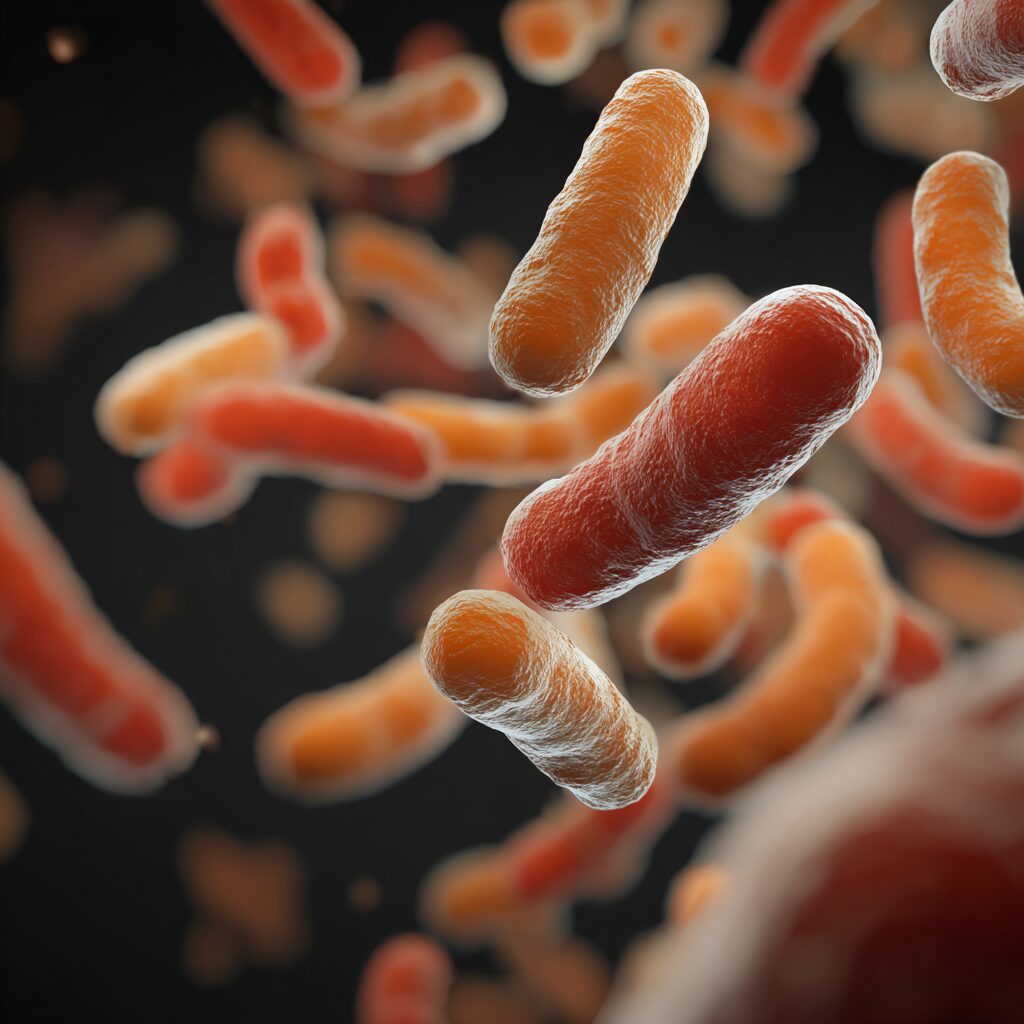
Helps calm gut inflammation
Ls-33 is found naturally in the human gut and has been shown to be safe. It survives tough digestive conditions:
- Over 70% survives stomach acid
- Over 80% survives bile salts
It helps protect the gut by sticking to the gut wall and blocking harmful bacteria like E. coli and Staph aureus. It also encourages the body to make IL-10, a signal that helps lower inflammation. This may be helpful for kids with sensitive stomachs or mild digestive issues.
2. Lactobacillus acidophilus La-14™
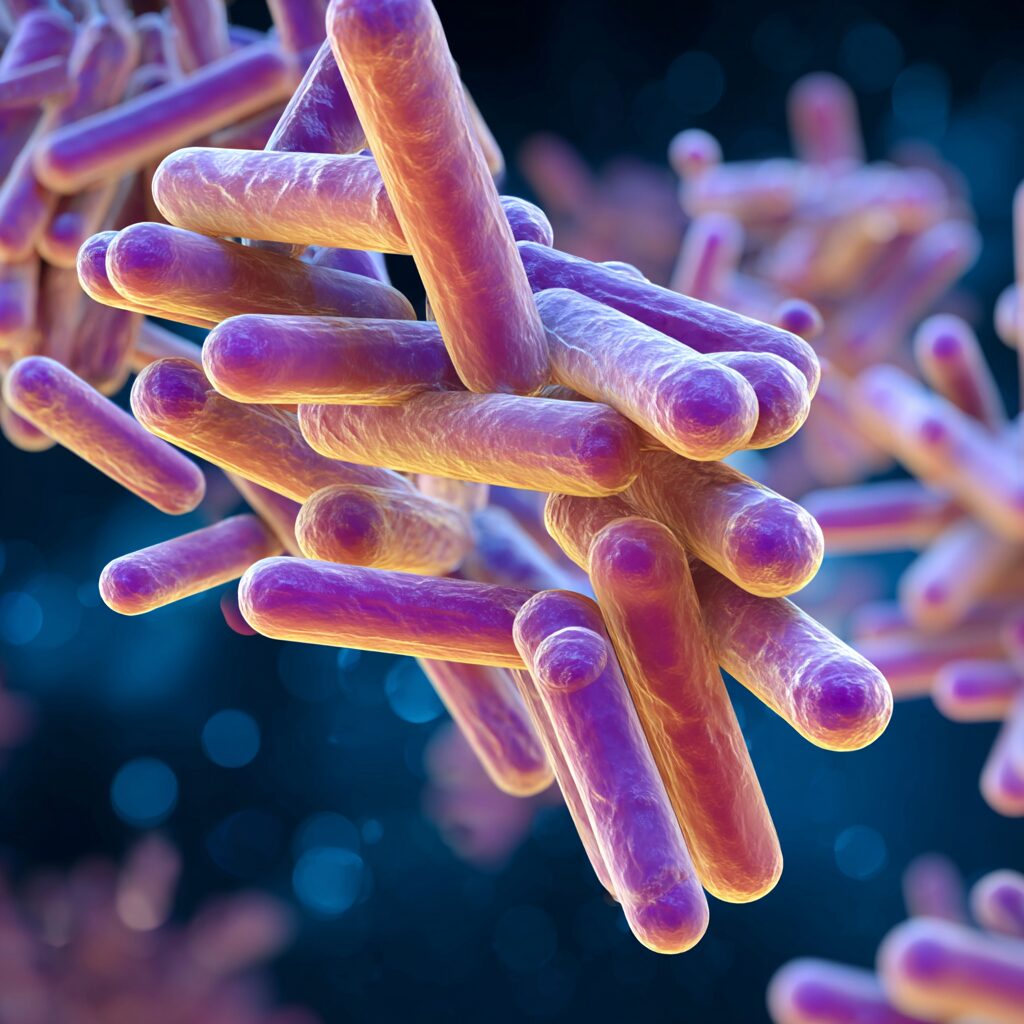
Supports gut balance and fights off bad bacteria
La-14 is a probiotic found in many fermented foods. It helps break down compounds that could cause discomfort. In lab studies, it:
- Breaks down oxalates
- Reduces gut inflammation
- Boosts IL-10, which supports immune balance
It also helps reduce the growth of bad bacteria like Gardnerella vaginalis. This makes it useful during or after antibiotics when the gut bacteria may be unbalanced. La-14 helps restore that balance naturally.
3. Lactobacillus paracasei Lpc-37®
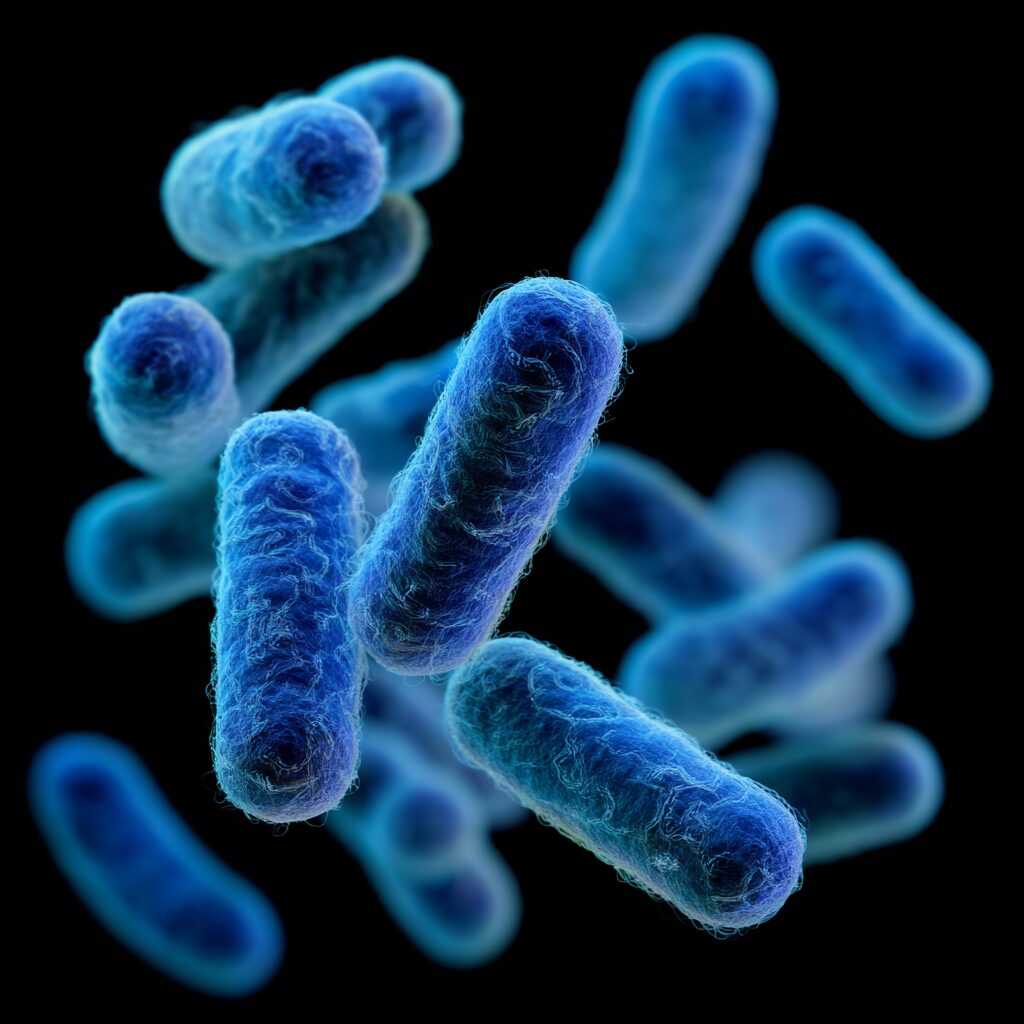
Supports children’s immunity and digestion
Lpc-37 is strong enough to survive stomach acid and reach the intestines. It works with other good bacteria and helps your child’s body by:
- Boosting immune function
- Reducing fever and diarrhoea in kids
- Helping during antibiotic recovery
It also helps produce short-chain fatty acids, which are good for colon health. Lpc-37 is a reliable option when your child is under stress or not feeling well.
4. Lactobacillus rhamnosus GG
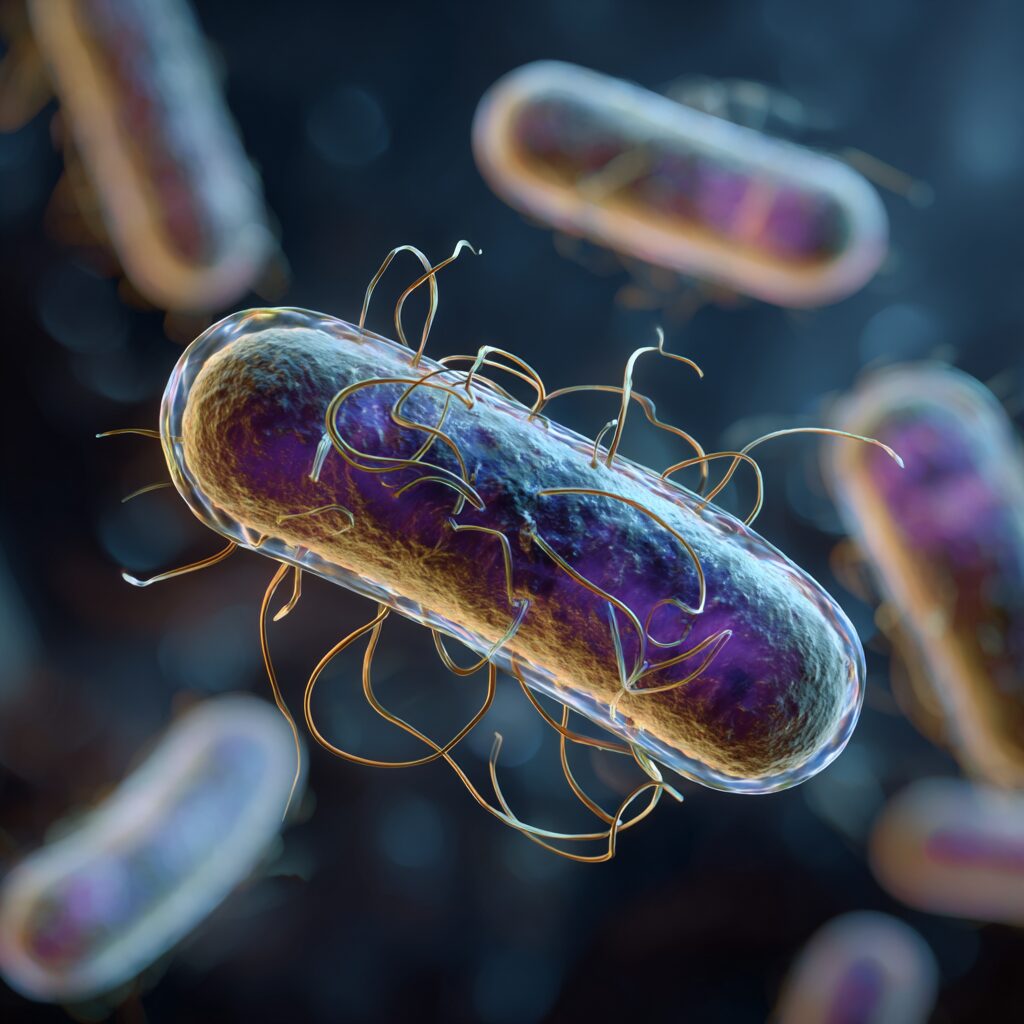
Helps with diarrhoea and allergy prevention
LGG is one of the most studied strains, especially in kids. It helps:
- Prevent changes in microbiota associated with antibiotic use
- Prevent diarrhoea from antibiotics
- Support gut recovery from certain bacterial infections
It strengthens the gut lining and may lower the chance of developing eczema or allergies. LGG is often recommended by doctors and is trusted for its proven benefits.
5. Bifidobacterium breve M-16V
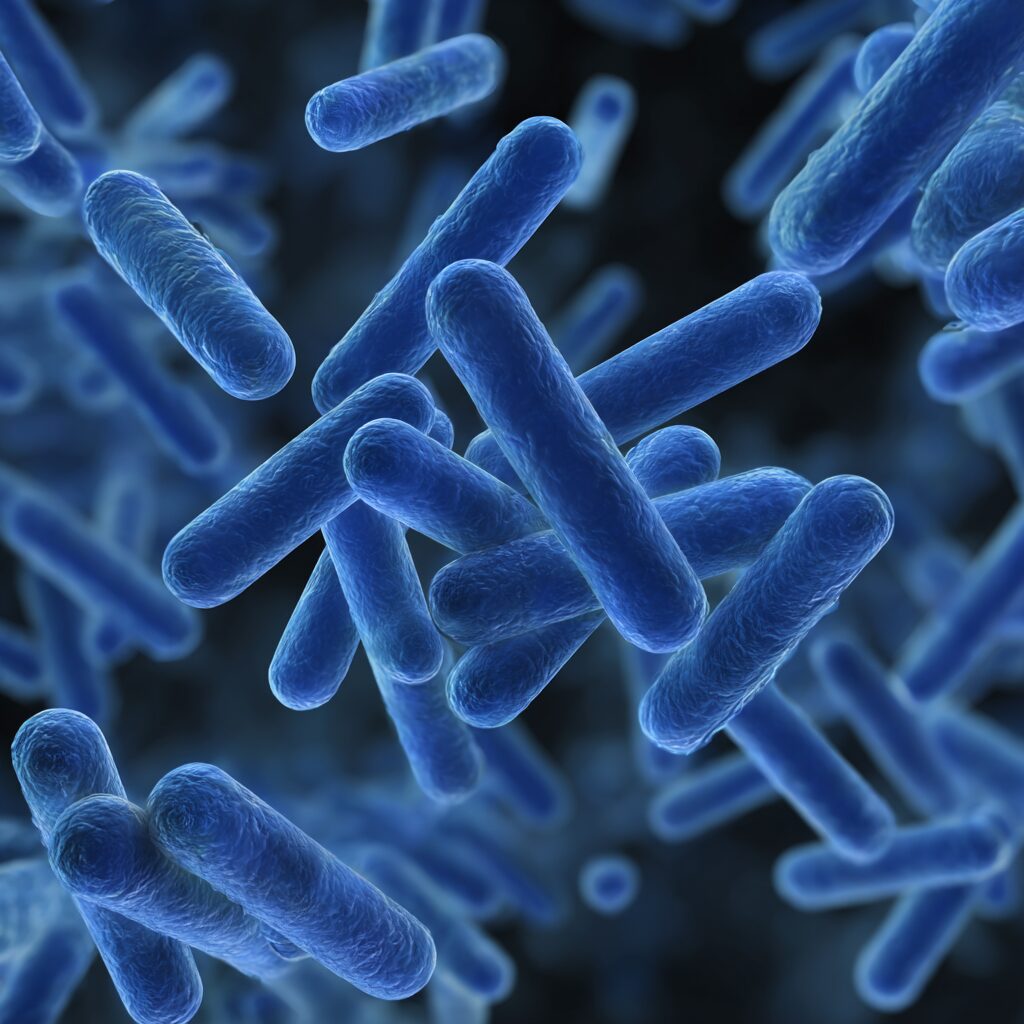
Supports early immunity and gut health in babies
M-16V is often used in babies, especially those born early. It has been shown to:
- Reduce risk of serious gut conditions like NEC
- Help healthy bacteria grow in the gut
- Support immune development early in life
It is widely used in hospitals in Japan and Australia and has a strong safety record. M-16V helps build a healthy gut from the start.
Why Combine These Strains?
Each of these five strains plays a different role in the gut. Some help calm inflammation. Others restore balance after antibiotics or support immune health during stressful times. But together, they offer broader and more complete gut support than any one strain alone.
When combined in a single formula, they complement each other’s strengths – helping digestion, easing tummy troubles, and building stronger defenses against common illnesses. It’s a gentle but powerful way to support your child’s gut health from the inside out.
What This Means for Your Child

A healthy gut helps kids grow and stay strong. These five probiotic strains have been tested and shown to support digestion, immunity, and overall well-being in children.
That’s why it helps to choose a probiotic that brings all five together – like Biogrow Probilin Kids. It’s an easy-to-take formula made with clinically studied strains, designed to work safely and effectively to support your child’s gut health.
If you’re choosing a probiotic for your child, understanding the role of each strain helps you make a smarter choice.
Note: This article is for general information only. Please talk to your child’s doctor before starting any supplement.
